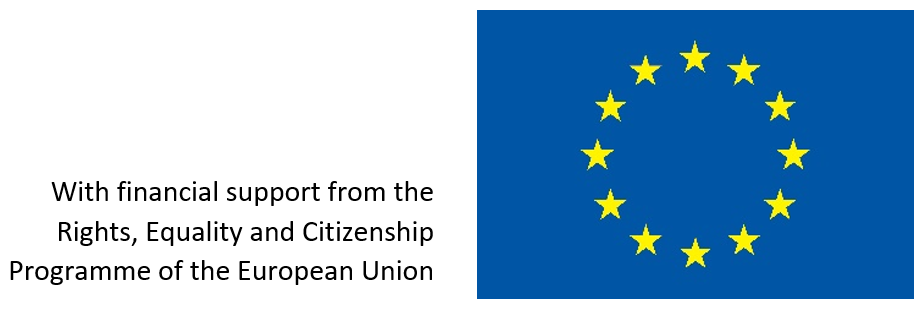Ida B. Wells was born into slavery in 1862 in the state of Mississippi in the United States. Wells’ parents were heavily involved in politics which most likely caused her to also become interested in the topic. After the American Civil War, lasting from 1861 to 1865, slaves were emancipated and “negro schools” were opened.
Wells attended Shaw University with her siblings and mother, who attended in order to learn to read the bible. Wells reportedly read every book in the school library and developed an intense love of words. This was also when she first recognised bias in her education, noting that she was only learning about European history and reading books written by white men. In 1878, a yellow fever epidemic claimed her parents’ and one younger sibling’s lives. At the age of 16 she was suddenly the sole provider for her remaining 5 siblings, even though she was unemployed and impoverished. Wells took a job as teacher in a country school located six miles away from her home. During the week she worked there, while family took care of her siblings, and then she would return for the weekends to cook & clean.
During the summer breaks from the school year, Wells attended several colleges where she began to provoke people with her strong opinions on politics and women’s rights. At 24, she wrote, “I will not begin at this late day by doing what my soul abhors; sugaring men, weak deceitful creatures, with flattery to retain them as escorts or to gratify a revenge.” Wells began working in editorial and journalistic positions for several newspapers, sometimes under the pen name “Iola” where she gained a reputation for writing about race issues. In 1889 she became co-owner and editor of the anti-segregation newspaper Free Speech and Headlight. Soon she was dismissed by the Memphis school board of education for her articles criticizing coloured schools in the region. This only gave her increased energy to write more articles for several newspapers.
In 1889, Wells’ life took a dramatic turn when her friend Thomas Moss, owner of a grocery store that was competing with a white store across the street, was lynched by a white mob. This led Wells to urge blacks to leave Memphis, Tennessee, where the lynching took place. Wells began investigative journalism into lynchings across the Southern United States. She raised money so that she could further investigate and publish her results. Wells found that black people were lynched for such social control reasons as failing to pay debts, not appearing to give way to whites, competing with whites economically, and being drunk in public. She found little basis for the frequent claim that black men were lynched because they had sexually abused or attacked white women. This alibi seemed to have partly accounted for white America’s collective acceptance or silence on lynching, as well as its acceptance by many in the educated African-American community.
She published her findings in a pamphlet entitled “Southern Horrors: Lynch Law in All Its Phases”. She followed this with an editorial that suggested that unlike the myth that white women were sexually at risk of attacks by black men, most liaisons between black men and white women were consensual. Her editorial enraged white men in Memphis. Their responses in the leading white newspapers were brimming with hatred; “the fact that a black scoundrel is allowed to live and utter such loathsome…calumnies is a volume of evidence as to the wonderful patience of southern whites. But we have had enough of it”. Consequently, the headquarters of Wells’ newspaper was destroyed by a white mob.
Wells began touring the United States to raise awareness of lynching and eventually had to move to Chicago and leave the South permanently for her own safety. However, she continued to investigate lynchings and still published articles. In 1893 and 1894, Wells took two tours of Europe in her campaign for justice, where the audience was shocked to learn of the gruesomeness of lynchings. Wells helped catalyse anti-lynching groups in Europe, which tried to press the U.S. government to guarantee the safety of blacks in the South.
In 1895, she married attorney, Ferdinand L. Barrett and was one of the first American women to keep her own last name. Wells was also, along with W.E.B DuBois, a co-founder of the National Association for the Advancement of Coloured People (NAACP).
Wells had 4 children and continued to publish analyses of the lynchings, including Southern Horrors: Lynch Law in All Its Phases and The Red Record. In The Red Record Wells gave 14 pages of statistics related to lynching cases committed from 1892 to 1895; she also included pages of graphic accounts detailing specific lynchings. She notes that her data was taken from articles by white correspondents, white press bureaus, and white newspapers. The Red Record was a huge pamphlet, and had far-reaching influence in the debate about lynching.
Southern Horrors: Lynch Law in All Its Phases and The Red Record’s accounts of these lynchings grabbed the attention of Northerners who knew little about lynching or accepted the common explanation that black men deserved this fate. Generally southern states and white juries refused to indict any perpetrators for lynching, although they were frequently known and sometimes shown in the photographs being made more frequently of such events.
Wells tried to explain that the defence of white women’s honour allowed Southern white men to get away with murder by projecting their own dark history of sexual violence onto black men. Her call for all races and genders to be accountable for their actions showed African American women that they can speak out and fight for their rights. By portraying the horrors of lynching, she worked to show that racial and gender discrimination are linked, furthering the black feminist cause.
Wells worked on urban reform in Chicago during the last 30 years of her life. After her retirement, Wells began writing her autobiography but never finished it; she died of kidney failure in Chicago on March 25, 1931, at the age of 68.
By Lina Piskernik, WAVE Step Up! Campaign Assistant
Sources:
McBride, Jennifer. “Ida B. Wells: Crusade for Justice.” Ida B. Wells, faculty.webster.edu/woolflm/idabwells.html.
“WOMEN IN HISTORY – IDA B. WELLS BARNETT.” Women in History, www.womeninhistoryohio.com/ida-b-wells-barnett.html.






